Backpacking Europe: A Beginners Step-by-Step Guide (2023)
Some links in this post contain affiliate links. I receive a small commission if you use the links at no extra cost to you! Happy reading 😀
A detailed guide to planning and booking a trip around Europe, whether you’re travelling solo, in a couple or with a friend!
Europe is a continent that you could travel to hundreds of times, yet still, find something new to discover. Diverse and culturally rich, Europe is just the gift that keeps on givin’.
Backpacking Europe is for anyone and everyone.
As someone who has visited Europe more times than I can count, I can guide you through the necessary steps to make your dream backpacking trip become a reality.
Planning a successful backpacking Europe trip will take a bit of time, dedication, and research, but it will all be totally worth it!
But first and foremost, I’ll let you in on a secret. If you’re backpacking Europe for the first time, the best way is get around is by interrailing. I speak about this more in my post later, but you can view some of my other posts below. Bookmark them for later!
🚝 Want to buy an interrailing pass for travelling Europe? I recommend checking this website for the best discounts and deals!
- Interrailing Spain: Travel Spain By Train
- Best Hostel In Copenhagen: Steel House Review
- Interrailing Routes 3 Weeks: FOUR Routes You’ll Love!
- Interrailing Italy: Ultimate Guide and Route
- 21 Interrail Tips for First-Timers: Interrailing Europe
- What To Pack Interrailing Europe: Packing List Essentials

Backpacking Europe: A Step-By-Step Guide
Planning a successful Europe trip
Europe lies solely in the Northern Hemisphere and is the world’s sixth-biggest continent. It crazily only contains 7% of the world’s land. Hard to believe when you think of all of the diverse countries it includes!
Whilst backpacking Europe, you have 50 unique countries to choose from.
A trip to Russia, the biggest in the continent situated in the North, is completely different to a visit to the smallest country on Earth; The Vatican City, which is actually located in the centre of Rome, Italy.
Whilst planning a backpacking Europe trip, there are some big factors that need to be considered.
For example, the weather! The weather within the continent can be completely different from one country to the next. For example, the UK has an average temperate of 14°C, whereas Turkey tends to linger in the high 20s more often than not.
Even visually, a country like Turkey is going to be an entirely different trip to a visit to the Scottish Highlands. That’s why knowing how to plan a Europe trip successfully is so important.
This post is a one-stop tour of all the important aspects to consider when backpacking Europe. Whether you’re riding solo, with a partner, friend, kids or Nan (I mean, I wish I was travelling with my nan), I’ve got you covered.
When using this post to plan your Europe trip, feel free to post any questions in the comment box, or contact me directly on social media! I’m here to help you live out your Europe dreams without the stress 🥰
🚝 Want to buy an interrailing pass for travelling Europe? I recommend checking this website for the best discounts and deals!
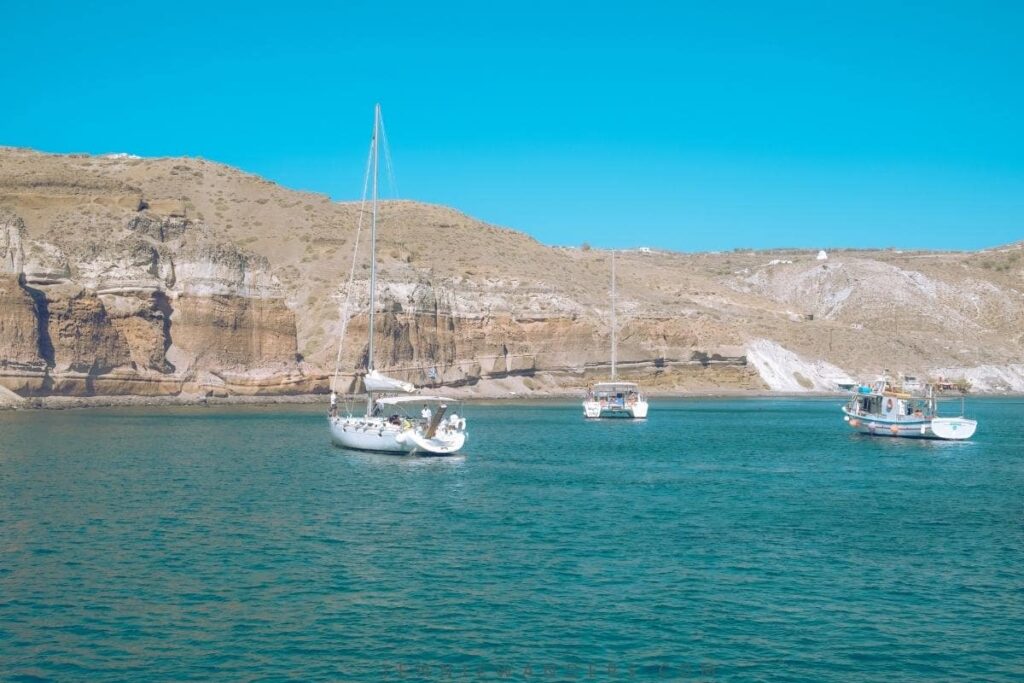
Step 1: Get together the right travel documents!
Let’s start out with some all-important boring stuff. Travel documents and admin for travelling Europe!
How does Brexit affect travelling around Europe?
If you’re backpacking Europe from the UK, it’s pretty simple on the visa front, even with the new Brexit changes.
Even after Brexit, we are able to travel freely around Europe, as long as it is for a short stay (up to 90 days in any 180 day period).
So a weekend in Italy could be followed up by a fortnight’s stay in France. This would all be covered in your 90-day stay limit.
When planning a bigger backpacking trip around Europe, this is something to bear in mind. How long are you going for? Is your visa going to allow this?
If you are looking to stay for a longer amount of time, you will need to apply for an extended visa. This includes staying for tourism, work, or study.
This may change in the future. Please always check the latest Government advice.
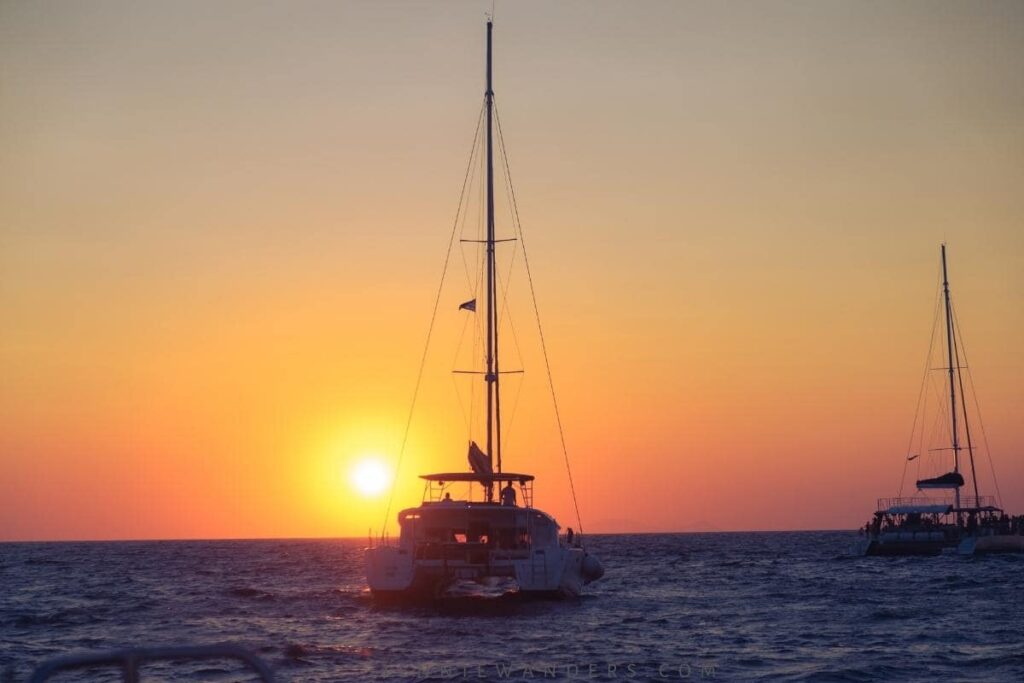
Is my European Health Insurance card (EHIC) still valid?
Yes. If your EHIC was issued before the end of 2020, your card is valid until the expiry date on the front of your card.
After this, the government has said they will issue a different type of card for emergency medical care. There is no confirmation of this and no details have been released.
It is advised that you buy medical insurance before travelling (anywhere), especially if you have a pre-existing health condition.

Is my UK driving license accepted across Europe?
Yes.
Remember to take your driving licence with you, as well as your logbook (V5C) and valid insurance documents if you are taking a car that you own. You don’t want to be caught short!
If you are taking your own car, you will need to contact your insurer around 6 weeks before travel to get a ‘green card’ to prove your insurance is in date and in use.
Anyone over the age of 19 can hire a car in most places throughout Europe. There are a few countries (like the Netherlands, Hungary and Greece) where you will need to be 21+.
Without a doubt, the best way to backpack Europe is by interrailing. This is travelling Europe by train, and this blog is full of information to help you plan an epic interrailing trip!

I’m arriving from outside of Europe, what documents do I need?
First of all, the no-brainer of a passport. Make sure it has 6 months left before its expiry date and you’re sorted (if not, get that ticket to freedom renewed).
If you’re from America, Canada or Australia (and most other major countries), you will not need a visa for short stay trips. This is similar to UK travellers; where you’re allowed a trip of up to 90 days.
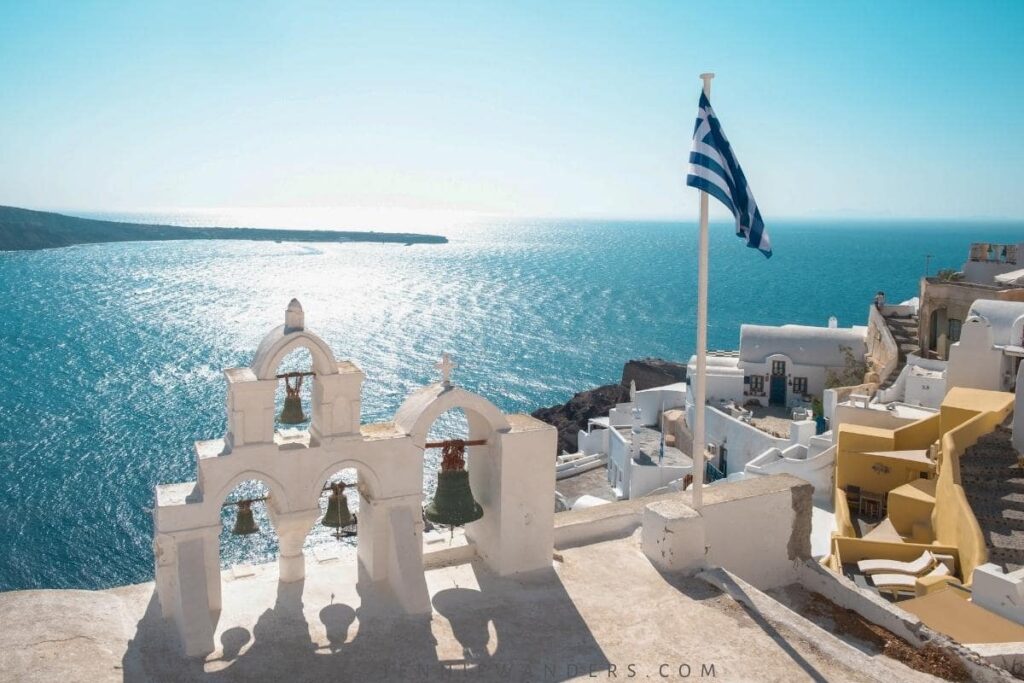
Step 2: Get a rough idea of where you want to go whilst backpacking Europe
Now, when you are ready to plan your backpacking Europe trip, you do not need to make a definitive list of destinations (unless you know a lot about Europe already).
However, it’s good to have some idea of what you want to see and where you want to go on your trip!
Like; are you a beach person and want to hit up the European coastlines? Or would you rather the history and culture of an old city, like London or Paris? You don’t have to decide now, but most people know without a lot of thought what they’re into.
GOOD TO KNOW: Europe is split into Eastern, Northern, Central and Western sections (which is actually quite rarely referred to).
As you know, Europe is a pretty big continent and each country is extremely different from the next.
Therefore, for practical reasons, you might want to focus on one section to keep your journey between each European country shorter.
Check out my interrailing posts if you’re serious about backpacking Europe!
🚝 Want to buy an interrailing pass for travelling Europe? I recommend checking this website for the best discounts and deals!
Which part of Europe is best to travel?
- Eastern Europe – Belarus, Bulgaria, the Czech Republic, Hungary, Moldova, Poland, Romania, Slovakia, Ukraine and most of Russia
- Western Europe – Belgium, France, Luxemburg, Ireland, Monaco, the UK, Netherlands
- Central Europe – Austria, Belgium, the Czech Republic, Germany, Hungary, Ireland, Liechtenstein the Netherlands, Poland, Slovakia, Switzerland
- Northern Europe – Denmark, Estonia, Finland, Iceland, Latvia, Lithuania, Norway, Sweden
(FYI – these sections literally change depending on which site you look at. They provide a rough guide if your European geography is a bit pants.)
When I travelled across Europe interrailing, I did cross quite a few sections, so it is possible! Especially if you have an Interrail pass. The trains are super well connected and you can get to most countries in Europe easily (but more on that later).
Don’t worry if you have zero ideas about what’s in each country or why you might want to visit. So many European countries will surprise you with their beauty, especially the least expected ones!
I’d strongly advise researching different countries in Europe (even ones you haven’t heard of!) before planning your route; just to see what else is out there!
I have detailed posts on interrailing Spain, France and Italy. Make sure you read them before you go!
Need more information about interrailing? I have a whole section on the blog about travelling Europe by train. Check out the most popular blog posts here!
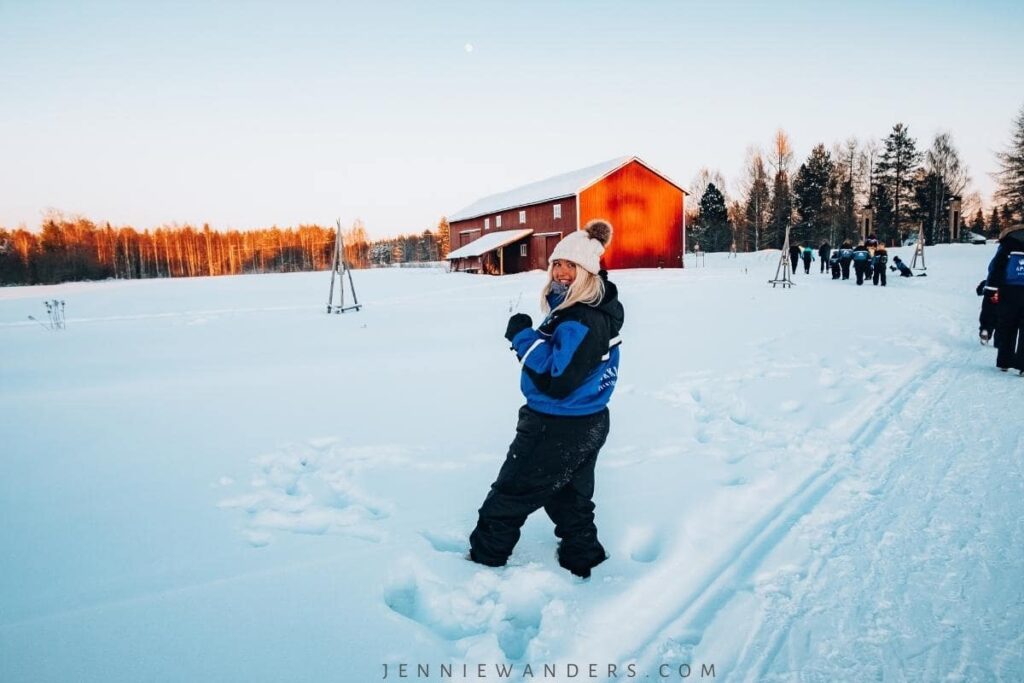
Step 3: Think about your duration:places ratio
Now, I am a big advocate of taking things slow when travelling, especially when backpacking Europe. I made the mistake of planning hundreds (well, nearly) countries into a 2-week trip and ended up burnt out, exhausted, and if I’m honest, a trip that could have been better if I’d not planned as much.
If you cram too many places into a short amount of time, it just won’t be worth it.
My advice to backpackers would be to plan to visit fewer European countries and give yourself more time to explore each one.
This also works in your favour when you meet new people and want to tag along with them to a crazy beer festival or realise you’re in a city with the world’s oldest pizza restaurant and have an extra few days to visit.

How long should you spend in each European destination?
Here are my recommendations for travelling to European countries and cities.
- Major Cities: 2-3 nights minimum
- Small towns/coasts: 2-4 nights minimum, unless you are likely to spend a lot of time on the beach
- Hiking/Camping: 2 nights +, especially if you are planning on a lot of activity during the day. Having to pack up and be ready to leave the next morning can add extra pressure to your (already) strenuous activity.
Of course, these guidelines are adaptable and personal. If you are on a tough time restriction, just plan less. Plan to go to fewer places in Europe, plan to see or do less, otherwise, you will end up frazzled and end up falling asleep halfway through your strawberry gelato.
I know some of you might be saying “but I want to see everything!” and I get that. If you’re absolutely set on stretching yourself thin and doing a non-stop whirlwind tour of a country in a couple of days; go for it. Maybe plan a few days off work when you return to recover (and be prepared to have to whizz through some of your plans because of how much you have organised).
I have detailed posts on interrailing Spain, Switzerland, France and Italy. Make sure you read them before you go!
Step 4: Decide on HOW you’re backpacking Europe
You’re in luck here; as backpacking Europe is one of the easiest continents to travel around (and comfortably!). There are quite a few options to choose from, from budget to luxury options.
You’ll find whilst backpacking Europe that most countries will have their own transport systems that have basic hygiene and comfort levels. I’ve been on a few rickety trains through Eastern Europe, and even they were nothing like the rickety-ness of Southeast Asia (if you’ve been to Thailand, you’ll know what I mean).

Train (Interrailing Pass) around Europe
One of the most popular ways to get around Europe is via train. This is due to the easy ‘Interrail’ system. Buying this pass will allow you to travel freely around most countries in Europe, on modern and comfortable trains.
There are different types of interrail passes, such as;
- Global Pass (2nd Class) – this allows you to visit the entire continent on one ticket. Prices start around £150 for 4 days, up to the 90 day mark for around £500.
In regards to the class, 2nd isn’t hugely different to 1st and definitely better for those on a budget.
The Global Pass lets you travel in these 33 countries:
Austria, Belgium, Bosnia-Herzegovina, Bulgaria, Croatia, Czech Republic, Denmark, Estonia, Finland, France, Germany, Great Britain, Greece, Hungary, Ireland, Italy, Latvia, Lithuania, Luxembourg, Montenegro, Netherlands, North Macedonia, Norway, Poland, Portugal, Romania, Serbia, Slovakia, Slovenia, Spain, Sweden, Switzerland, Turkey.
- One country pass: If you’re more of a thorough traveller and want to take your time, this one is perfect for a one-country trip. Prices do vary depending on the country you’re wanting to visit, so check out the Interrail Site before purchasing.
🚝 Need to buy your interrailing pass? I recommend checking this website for the best discounts and deals!
Still unsure about the interrailing pass? I’ve written a detailed post on why it’s so wonderful here.
Bus around Europe
- Megabus: I love this option. I love Megabus! Although I am a bit weird and love long coach journeys (I just love the chill and snacks, okay?!)
Megabus is a super cheap way to travel to some parts of Europe. So if you’re hitting up the UK, Brussels, Paris or Amsterdam, Google Megabus and find some cheap-as-chips bus tickets to travel the entire length of your chosen country. Seriously, some journeys can be as cheap as £3!
If you’re backpacking in England, trains are going to be your last option due to the incredible amount of £££ they cost. A £5 Megabus journey may cost £50+ on a train. Take it from me, I wouldn’t get a train in England unless I really, really needed to!
- Busabout/FlixBus: These are essentially the Megabus, but spread further across Europe. Just check out your destination and what bus service the country uses.
Most of the buses have free Wifi, toilets onboard and are pretty comfy.
Busabout also sells hop on/hop-off tickets for a set price. If you’re planning on taking multiple trips in a short amount of time and want some activities thrown in, it might be worth looking into.
Prices start at around £250 for a 2-week pass.
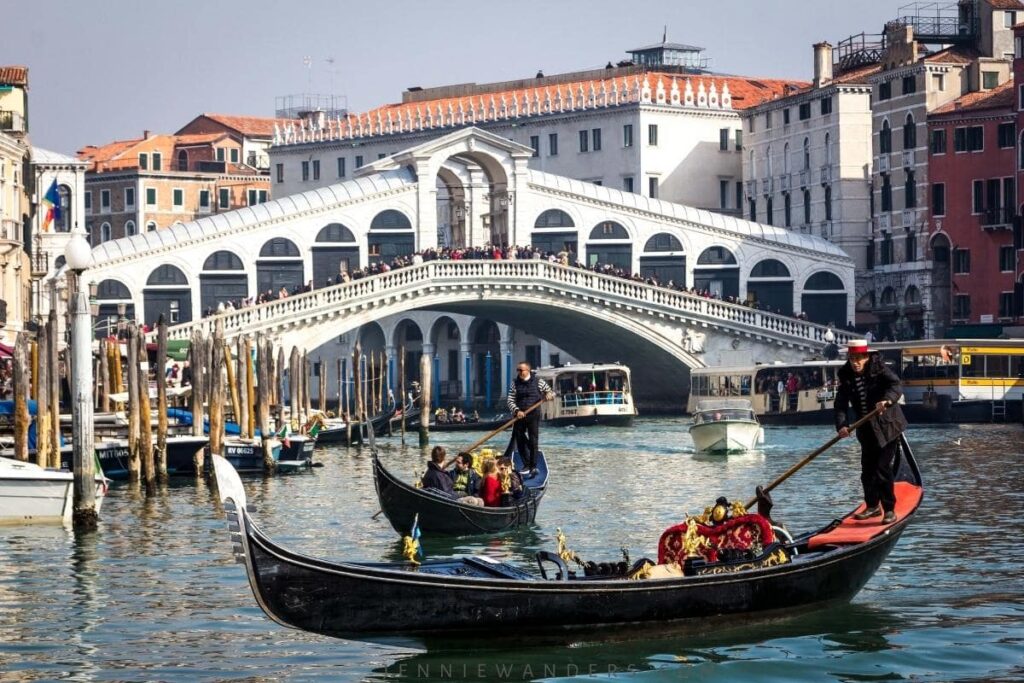
Flying around Europe
Europe definitely isn’t the cheapest continent to fly around, but if you’re lucky and travelling out of school term time, you may get some budget deals.
Have a look at Ryanair, EasyJet, Vueling, Flybe, Norweigan Air and Wizz Air for the cheapest deals (even though they add about 6 grand on for luggage. Sometimes I think they don’t actually work out that cheap *rolls eyes emoji*).
My go-to for booking flights is Google Flights and Momondo. I find they tend to be the cheapest.
Whenever I have travelled through Europe, I have completely mix-matched my modes of transport. I’ve flown, drove, train-ed and bus-ed. It really is all down to where you’re travelling to (for example, if you’re in Ibiza it’s going to be pretty impossible to get on a bus to Italy).
Step 6: What time of year is best to visit Europe?
Europe is situated in the Northern Hemisphere of the world, so the seasons pretty much look like this;
- Winter: December – February
- Spring: March – May
- Summer: June – August
- Autumn: September – November
The temperatures do vary from country to country, but it’s a good guide to have for when you’re planning your trip.
☀️ Spain, Portugal and Greece generally have good weather all year round. Although, they do have times where it can be quite brisk and windy, especially over the winter time.
❄️ If you’re planning on hitting the slopes, January – February tends to be quieter than the peak season in March. For further info, check out On The Snow to compare each country’s weather for the best skiing time.
Wherever you’re going, check out the weather first before you start packing.
You really don’t want to be left in your flip-flops when there’s a monsoon going on overhead. Been there, done that. It isn’t great.

Step 7: What to Pack for a Europe trip
Packing can seem like an unbearable task; especially before you’ve started. I find the best way to get the job done quickly and efficiently is to make a list (or if you’re my boyfriend, pack 5 plain t-shirts and a pair of shorts).
You can check out my detailed interrailing packing list here.
If you’re travelling to a snowy part of Europe (like Finland or Norway) I have an extensive Arctic Circle packing list here!

Step 8: Deciding on a budget and saving money whilst travelling Europe
Now we’re down to the nitty-gritty. How much money do you save to take when backpacking Europe?
The answer? It depends. (Sorry). The question you need to ask yourself really is, HOW do you want to travel Europe?
On a tight budget? In luxury? A mix of both? Hostels? Airbnbs? Signing up for every activity known to man in the entire continent?
I know when I travel, I’m a mix of cheap and “do I really need to go on that 8th wine tour?” type of spender. I hate missing out on anything, so my priority is usually activities over accommodation.
On my travels, I have met so many people who are the same as me. Dorm rooms, shared bathrooms, messy kitchens – no problem if I’m able to scuba dive the Meditteranean.

Budgeting for a Europe backpacking trip
The first time I travelled Thailand in 2015, I jetted off for a month in August and spent £1000. Total.
The following year, I spent a month travelling Europe. Total price: £3500.
Exact same time of year, exact same amount of time. Just a whooooole lot more money.
My trip around Europe was anything but luxury. We did have a few private rooms and Airbnbs but they were pretty standard.
But, we didn’t scrimp on the activities. We did everything, every excursion, nice meal out, we partied, drank (alcohol probably was 50% of my budget…maybe) and we really pushed the boat out when it came to enjoying ourselves.
Could we have travelled around Europe for less? Probably. I made some rookie mistakes and it was one of my first backpacking trips, so don’t let it put you off.
But, I do think, especially for newbie travellers, it is important to highlight how expensive travelling can be. Especially if you really want to enjoy every moment and live your trip to its fullest.
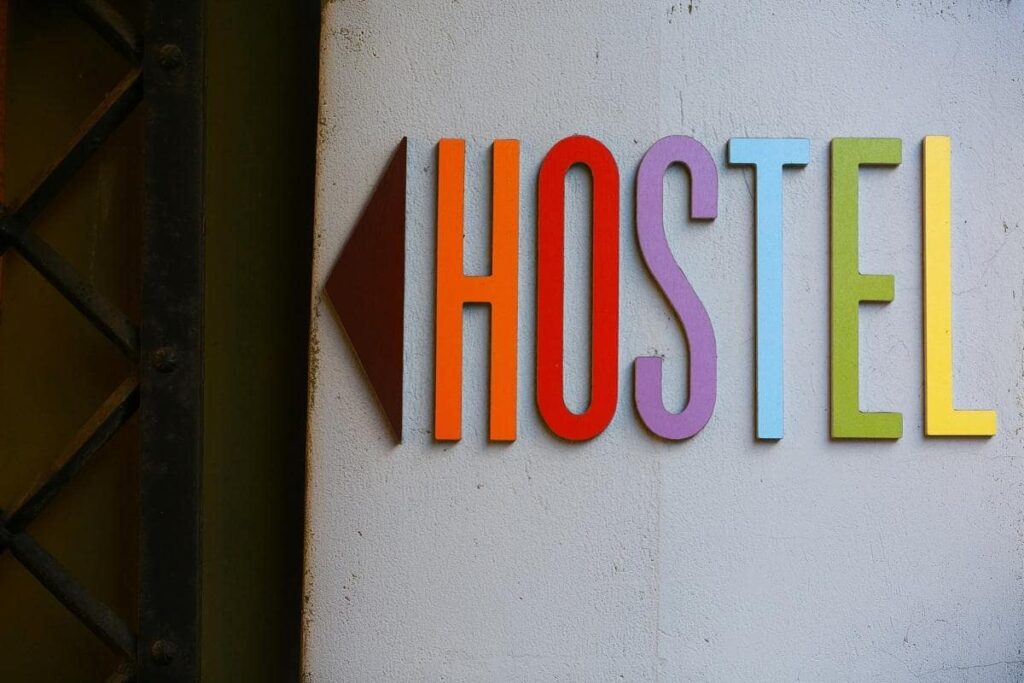
Step 9: Choosing accommodation whilst backpacking Europe
This is the part where I should probably say to get the cheapest room possible and rough it out whilst backpacking Europe, but I won’t tell you to do that.
Instead, I’m going to speak from personal experience here. I have stayed in all types of accommodation (and I really mean, all types).
If you’re starting out, travelling solo or with a friend, I’d strongly recommend a shared room throughout Europe.
Don’t always look for the cheapest – look for the most popular. Highest reviews, shares on social media, tagged photos etc.
If you’re anything like me when travelling (a severe social butterfly), you want to be where everyone is at. Is there anything worse than hostel FOMO?
Do your Europe hostel research. The best kind is speaking to someone else who’s been there before and knows the lowdown on the best spots in town to make hundreds of like-minded pals. (Ahem, shameless plug to myself).
If sharing a room isn’t your thing, I have also been a more ‘private space’ traveller. The first month I backpacked through SE Asia, my best friend and I were huge fans of private rooms (still in a hostel though, not that loaded).
Yes, you do get the privacy and luxury of your own bathroom, but we met about 90% less people and drank about 90% less alcohol because of being so isolated from others.
I’d recommend private rooms if you are a couple, or need a bit of a ‘detox’ from the 20-man dorm room, but shared dorms will always be my go-to for solo travelling.
CHECK OUT THE BEST HOSTELS IN EUROPE HERE!
Best hostels whilst interrailing Europe
One of my best interrail tips is to at least book your first hostel in advance. During the summer months, hostels in Europe will be fully booked. It will be tough finding a good hostel last minute.
Use Hostelworld to pre-book any hostels. They have excellent cancellation policies and you can usually get your money back right up until 24 hours before staying, so if you have any last-minute changes, you have that flexibility.
Whilst I can’t list every single hostel in Europe, these are some of the best, well-known hostels to stay in whilst interrailing. Simply click the link to check prices and availability!
- 🇫🇷 Paris: Generator Paris or The People
- 🇭🇺 Budapest: Maverick City Lodge
- 🇳🇱 Amsterdam: Ecomama
- 🇩🇪 Berlin: The Circus Hostel
- 🇵🇹 Lisbon: Home Lisbon
- 🇦🇹 Vienna: Hostel Ruthensteiner
- 🇪🇸 Madrid: Sungate One
- 🇮🇪 Dublin: Gardiner House
➡ Check out other European hostels here.

Step 10: Should I buy an Interrailing Pass to travel Europe?
Yes!
Using an interrailing pass is definitely the easiest way to travel Europe.
Your interrailing pass covers all of your travel, and all of the timetables and routes are online for you to easily access.
The interrailing pass will save you money, as some single trips between destinations can cost between 50 – 100 EUR. If you buy the Interrailing Pass at the start of your trip, you won’t have to spend any more money on travel (unless you wanted to use a ferry or another mode of transport).
Also, if you book individually with local trains, you’re not going to be able to spontaneously change your plans or get any refunds if things go wrong.
If you’re still worried, sit and do the maths and work out whether the pass is right for you or not. Personally, I love the flexibility of the pass and being able to chop and change right up until the last minute.
🚝 Need to buy your interrailing pass? I recommend checking this website for the best discounts and deals!
Still unsure? Check out my Is the Interrail Pass Worth it? An Honest Review and decide for yourself!

Backpacking Europe: When You Arrive
Yay! If you’ve made it this far in the post, so you must be pretty serious about your trip across Europe. How exciting!
Ok – do this. Close your eyes.
Seriously do it.
Well, maybe read the next bit first and then close your eyes or you won’t actually have a clue what’s going on. (I’m just trying something here).
When you envision your beautiful future in Europe, living out your dreams, what do you picture yourself doing?
- Drinking champagne at the top of the Eiffel Tower?
- Skiing the slopes of the Alps?
- Hiking through the forest in Scandinavia?
- Eating tapas in Barcelona?
- Sunbathing on the beaches of Santorini?
- Watching the sunrise on a boat in Croatia?
Ok, I’ll stop. I’m close to booking another trip to Europe here myself.
Anyway, my point here is – if you’re planning a backpacking trip around Europe, do it the way you want to do it. Drink that champagne, eat that bowl of pasta, hike that forest…you get what I mean.
Don’t miss out on an adventure of a lifetime and regret not doing something for years to come.
Skip buying the dress for your night out in your hometown and save that £50 for a wine tour in Paris. I promise, it’s worth it.
What to see and do in each country really needs research per destination.

Backpacking Europe FAQs
Is it easy to backpack through Europe?
Backpacking Europe is easy if you have done the right planning and have enough money to keep you going. Europe isn’t the cheapest of continents, but it is known for its fast transport systems and comfort.
The problem with Europe (or pro, depending on how you’re looking at it) is that it’s so diverse. You can spend weeks backpacking Europe and still feel like you didn’t see half of it. This can be something difficult to wrap your head around, but it just means you’ll need to plan return trips!
Technically speaking, it is easy to backpack Europe due to modern transport systems, clean and modern hostels, clear and direct signposts and easy driving on roads.
Is it expensive to backpack through Europe?
This really depends on how you want to backpack Europe. However, even backpacker hostels will set you back around £20-30 per night (whereas SE Asia can be as low as £4-5 per night).
It is one of the most expensive continents to travel, but with good planning and savvy spending, you can keep costs to a minimum.
Is backpacking Europe safe?
Like travelling anywhere, travelling Europe has its risks and reasons for you to be vigilant. On a whole, backpacking Europe is safe, and even as a solo female, I have never felt ‘unsafe’ anywhere in Europe.
Of course, keep your guard up, don’t walk in quiet places alone at night, and use your common sense when it comes to staying safe. But overall, Europe is a safe place to travel.
How long should you backpack Europe?
This all depends on your budget and what you want to see during your trip.
If you want to see a fair amount of the continent, you’re going to want to plan for at least 4 weeks. When staying in European cities, you’ll want at least 1-2 nights, and locations out in the countryside or in the mountain ranges, you might want extra time to explore a bit more.
Think about what’s important to you, and how well feasible it would be for you to slow travel Europe.
🚝 Need to buy your interrailing pass? I recommend checking this website for the best discounts and deals!
How much should I budget for a month in Europe?
Excluding flights, I would recommend budgeting at least £1500+ for a month travelling Europe.
This includes all accommodations, trips, activities and food. Food alone will set you back a fair bit on your trip, and you don’t want to miss out on bucket list experiences by not having enough money.
Spend some more time saving so you can experience Europe to its fullest.
How do I prepare for backpacking Europe?
- Check your passport is in date, and you have all the relevant travel documents.
- Buy your backpack. My favourite is this Osprey wheeled 65L, because you can roll it when you’re feeling tired!
- Make a packing list. I have a backpacking essential list here!
- Book your flights and look up how you will travel from the airport to your first hostel or hotel.
- Use Pinterest, travel blogs and Instagram to find places you really want to visit.
- Decide on whether or not you want an Interrailing Pass.
- Pack your bag and GO! Don’t think any more about it, just prepare yourself for a European trip of a lifetime.
Backpacking Europe: In a Nutshell
Now, you truly are all set to book that incroyable trip around Europe!
There is a lot of information here and it may be quite overwhelming, so save or share this post to come back to it later.
But GO YOU for getting this far in a 5000-word post. You must really want that dreamy Europe trip.
And guess what? You deserve it!
👀 Do you have something to share about planning a trip around Europe? Want to add something to the post? Comment below!
Happy travelling!
Jennie 🙂 x
PSSST, I’m a bit of an expert when it comes to interrailing Europe. Check out my posts here:
- Best Backpack For Interrailing: Ultimate Europe Backpack Guide
- Interrailing Routes 3 Weeks: FOUR Routes You’ll Love!
- Best Time To Go Interrailing (Europe) Guide: MUST-READ!
- Interrailing Italy: Ultimate Guide and Route
- 21 Interrail Tips for First-Timers: Interrailing Europe
- Interrailing Spain: ULTIMATE Guide to Travelling Spain By Train
📍LIKE THIS POST? PIN IT FOR LATER! 📍
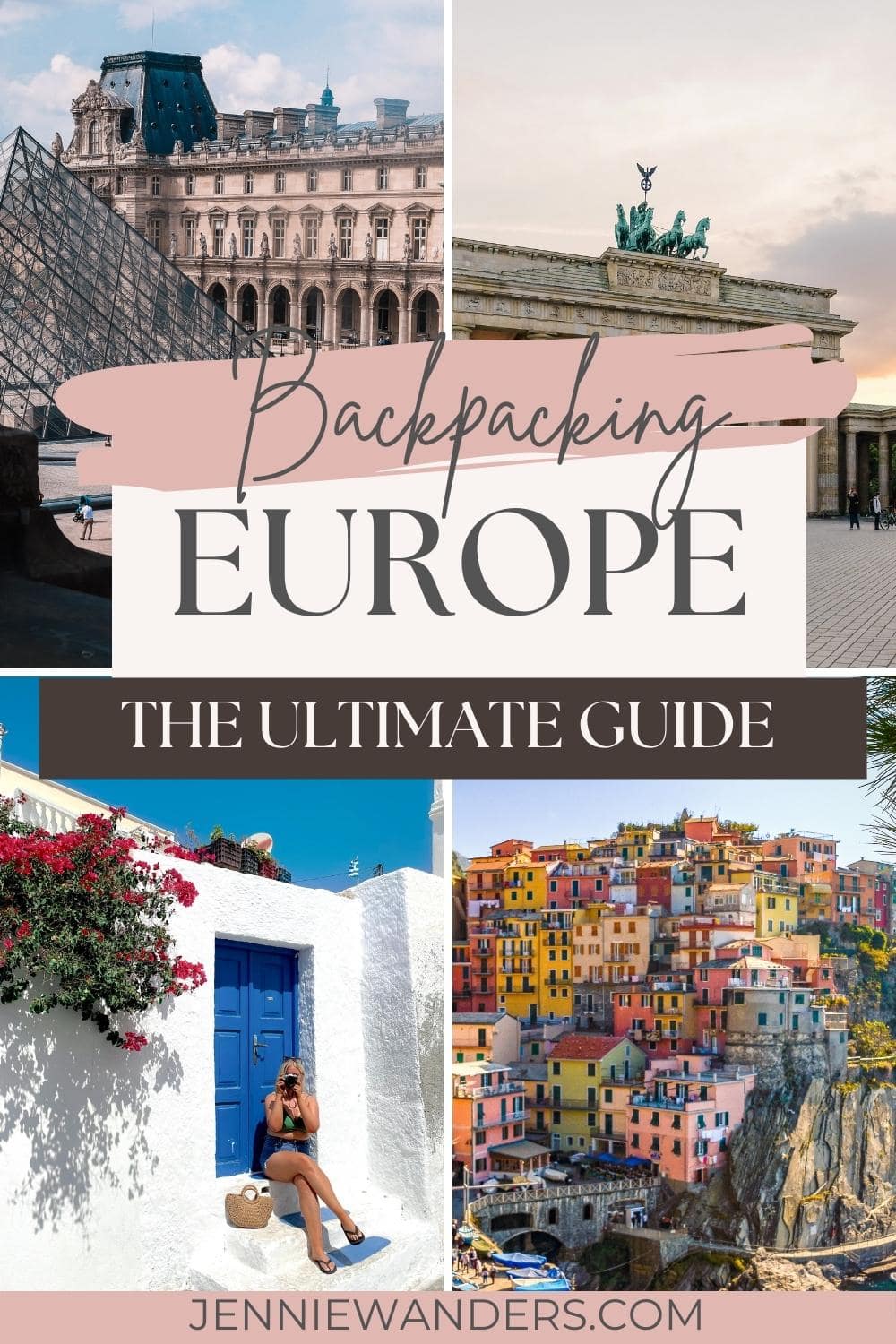
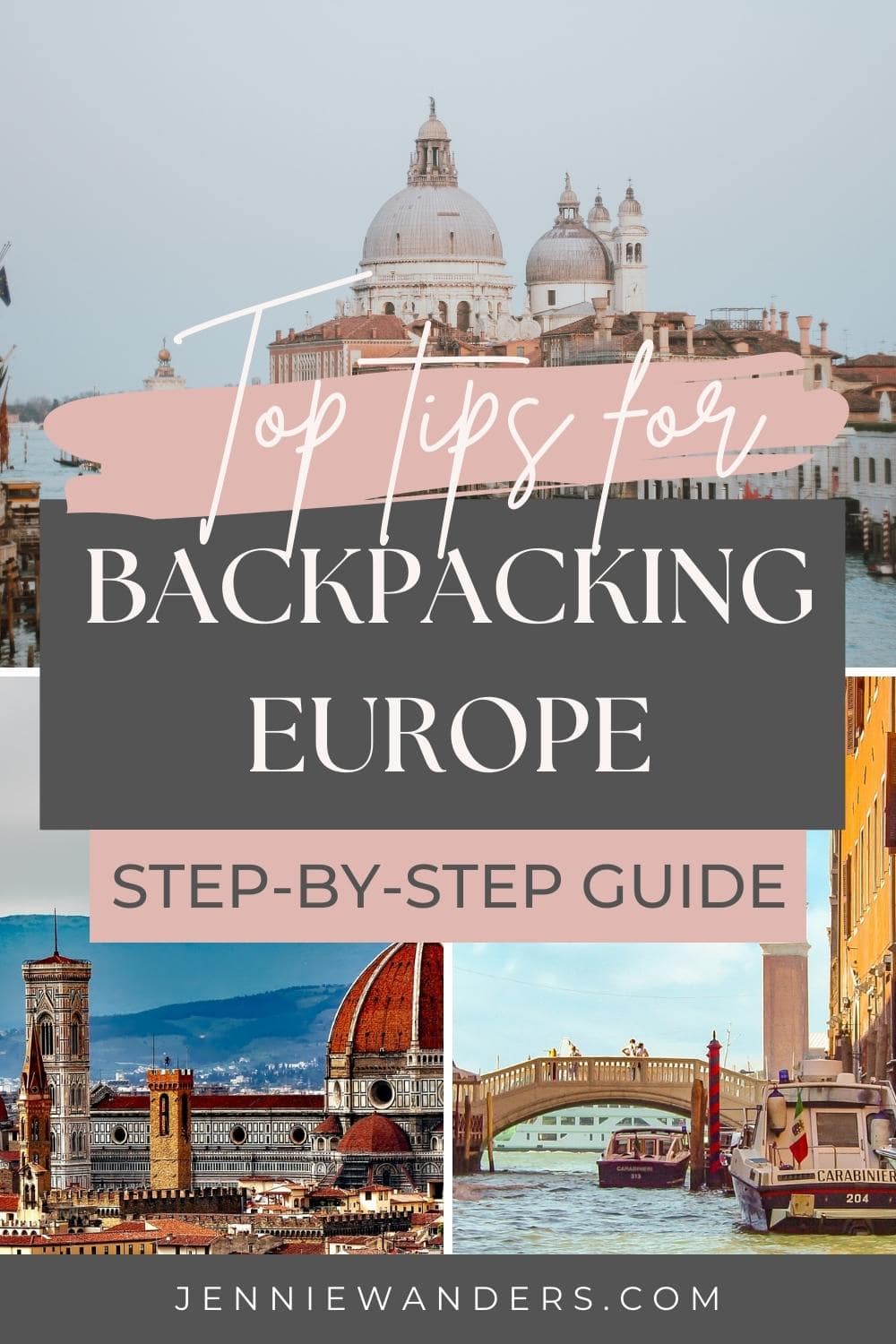
MEET THE AUTHOR!

Hi! I'm Jennie! As a part-time travel blogger based in London, I'm using my 10+ years of travel expertise to encourage & inspire you to step out of your comfort zone through sustainable, mindful and purposeful travel.
If I'm not writing, I'm either reading, drinking coffee or taking a wild swim (all at the same time if I'm feeling impressive).


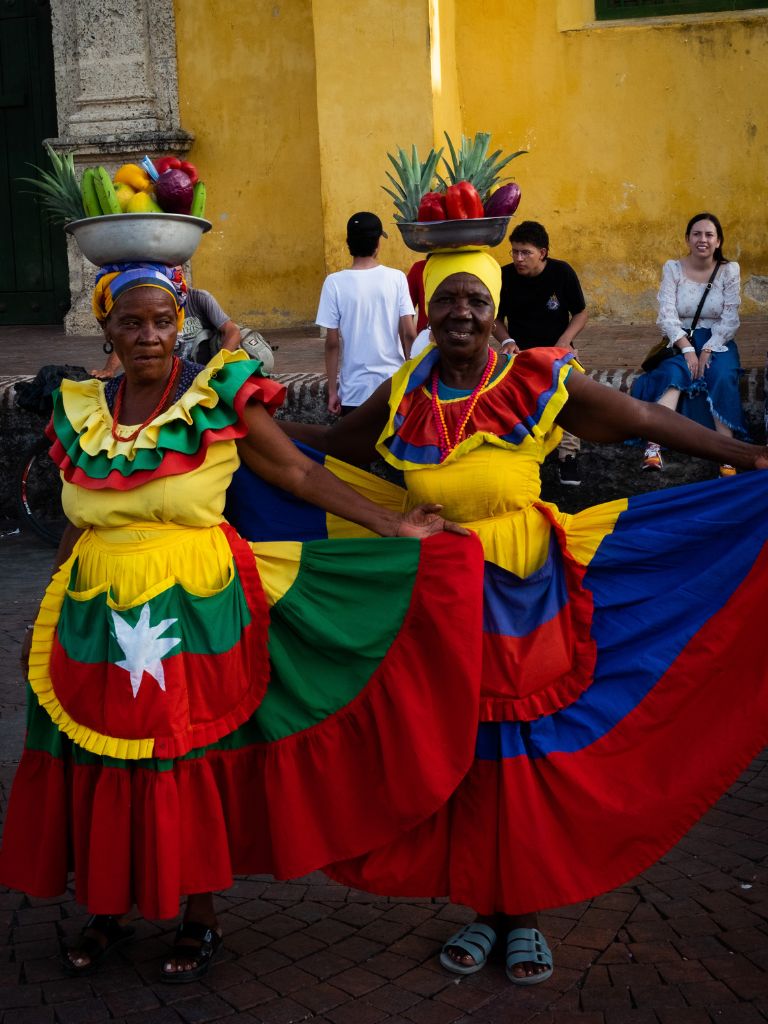

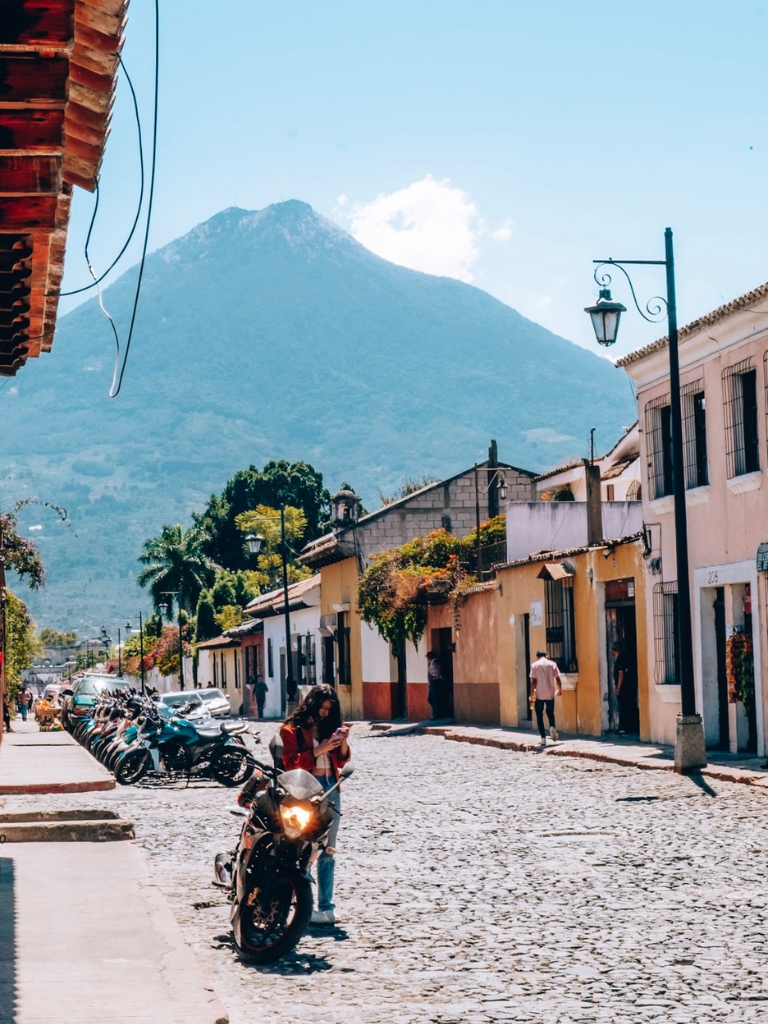

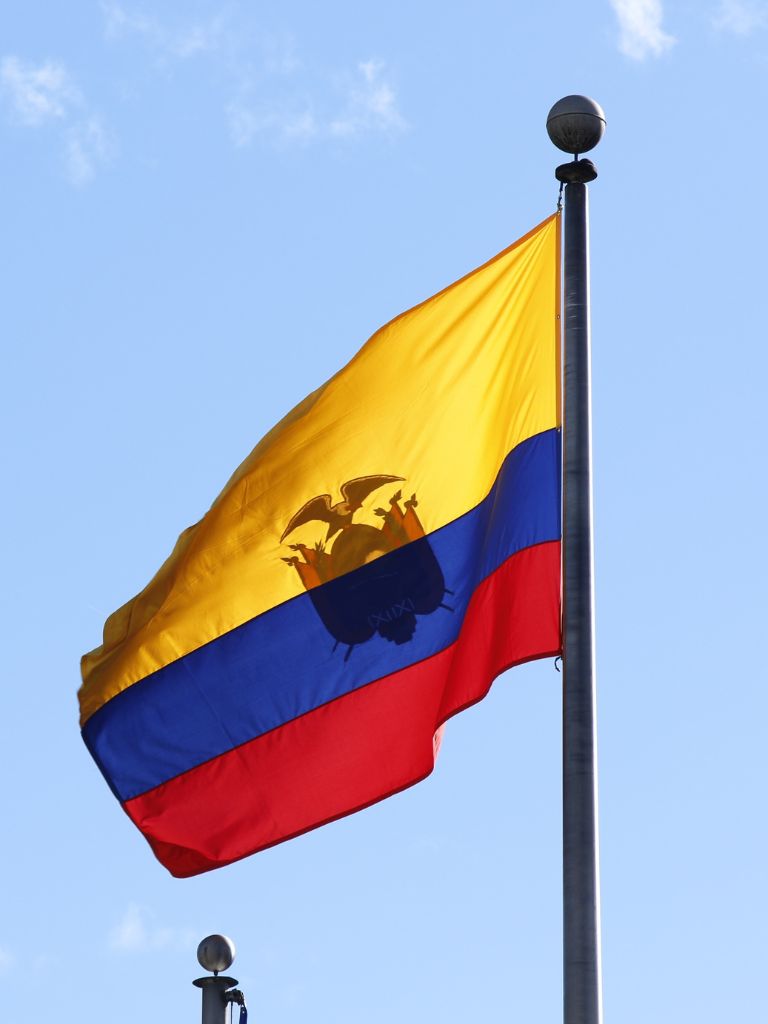
Everyone would like to travel to Europe, especially Paris. You can travel by a commercial plane or via private jet. If you want convenient and more safe travel, I think choosing a private jet is a good choice.
Hi Melissa! Unfortunately, most of us can’t afford a private jet, especially my predominantly backpacker audience 😅 however, I will leave your post here just incase anyone can! (And hopefully they take me with them! Haha)